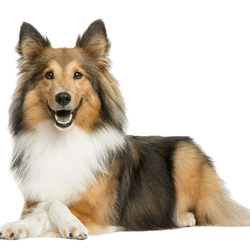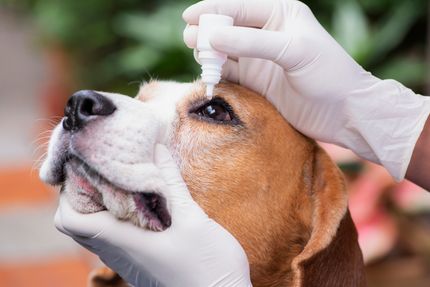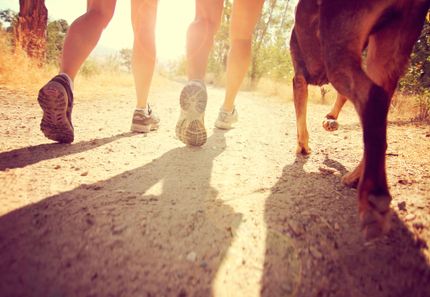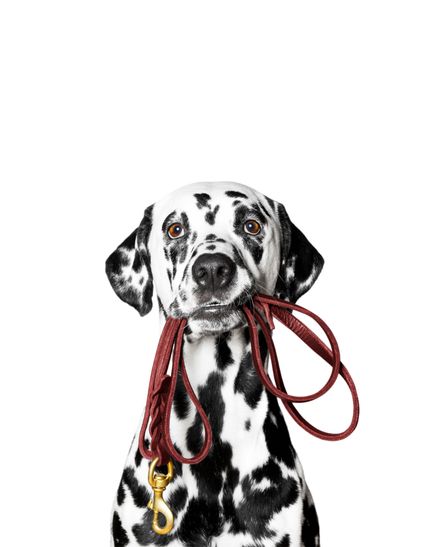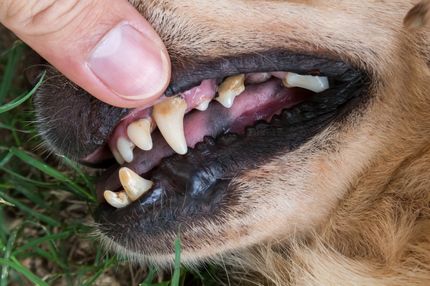Facts & Origin
Beagle Sheltie - The mixture of Beagle and Shetland Sheepdog
The Beagle Sheltie is a fascinating blend of the lively Beagle and the intelligent Shetland Sheepdog. This breed was likely created through purposeful crossbreeding to combine the best traits of both breeds. Although the exact origin story is unknown, the Beagle Sheltie is gaining popularity as a family dog and companion.
Suitability and attitude
The Beagle Sheltie is a friendly, playful and intelligent dog. With his energy and curiosity, he is ideal for active families and people who enjoy spending time outdoors. He is known for his ability to get along well with children and other pets. The Beagle Sheltie has a strong hunting instinct due to his Beagle ancestry, so consistent training and proper education is important to counteract this instinct.
| Alternate Name | - |
| Origin | UK - Scotland |
| Life expectancy | 10 - 15 years |
| Care requirements | low-maintenance - high-maintenance |
| Activity level | average - high |
| FCI group | not recognised |
| AKC group | not recognised |
| KC group | not recognised |
More Beagle mixes
More Shetland Sheepdog mixes
Attitude, character and temperament of the breed
Possible character traits of the Beagle Sheltie
The Beagle Sheltie is a charming mix of Beagle and Shetland Sheepdog that impresses with its friendliness and intelligence. As an active dog, it is best suited for families who can spend time outdoors and give it plenty of exercise. The Beagle Sheltie's appearance varies depending on individual heredity, but he often has a compact build and a medium-length, dense coat. Regular grooming and veterinary care are essential to maintain his health. If you're looking for a lively and loving companion, the Beagle Sheltie may be the right choice for you.
Character
Usage
Care and health maintenance
The Beagle Sheltie is generally a healthy breed, but can inherit certain health problems that can occur in the parent breeds. These include hip dysplasia, eye problems and ear infections. Regular veterinary examinations, a balanced diet and adequate physical activity are important to maintain the Beagle Sheltie's health. Mental stimulation, such as intelligence toys and obedience training, is also recommended.
What does this mixed breed look like?
The Beagle Sheltie can inherit physical characteristics from both the Beagle and the Shetland Sheepdog. It often has the compact build of the Beagle with the lush coat and elegant stance of the Shetland Sheepdog. The coat is medium length, dense, and can come in a variety of colors, including tricolor, black and white, and sable. Regular coat care includes brushing to prevent matting, nail trimming and dental hygiene.
| Fur length | short - long |
| Fur | flat coated |
| Ear shape | Floppy Ear - Tilt-ear |
| Tail | lang - fanned out |
| Anatomy | rugged, sporty |
| Size ♀ | 33 - 41 cm |
| Weight ♀ | 6 - 12 kg |
| Size ♂ | 33 - 41 cm |
| Weight ♂ | 6 - 12 kg |
| Suitable For | - |
Known Diseases
Hypothyroidism
Hypothyroidism is a condition in dogs where the thyroid gland does not produce enough thyroid hormones. This can lead to a slowed metabolic rate, weight gain, fatigue, hair loss and other symptoms.
Epilepsy
Definition: Dog has epilepsy if, for example, at least two epileptic seizures occur more than 24 hours apart.
Eye diseases
Often occur with allergies and intolerances.
Overweight
Often, unfortunately, the dogs very much under excess weight. But the dogs themselves are never to blame!
Disc problems
Herniated disc in dogs (discopathy). Herniated discs or dachshund paralysis cause dogs severe pain.
MDR1 defect
The MDR1 defect is a defect in the MDR1 gene that can occur in some breeds of dogs and in humans. This results in the deficient or absent synthesis of a certain protein which is an important component of the blood-brain barrier, leading to hypersensitivity to some drugs.
FAQ
-
The average Beagle Sheltie can grow between 33 and 45 cm tall and weigh between 12 and 22 kg.
-
These hybrids can live on average about 14 years.
-
These hybrids can be bred in different colors and patterns, including brown, black, silver, gray and white.
-
These mixed breeds are very lovable and playful. They are also affectionate and energetic and are always happy to have their owner's company.
-
He should be trained with positive reinforcement conditioning. Reinforce desired behavior with treats or toys and be nice but firm.

